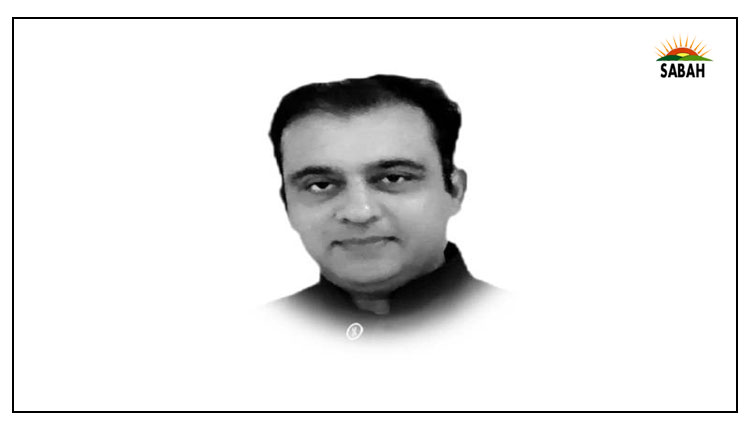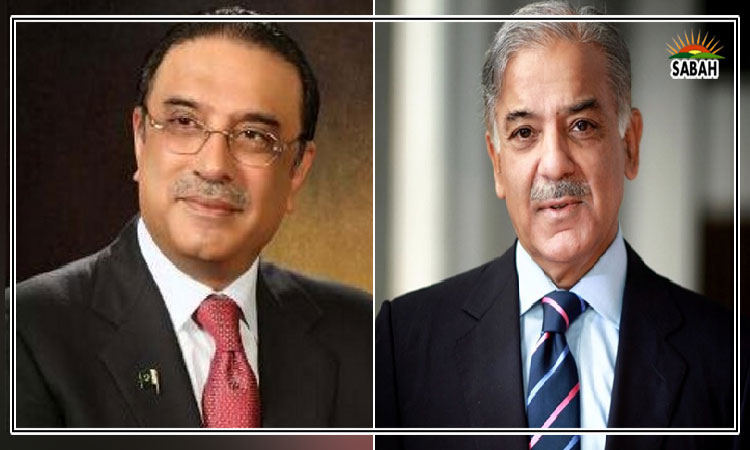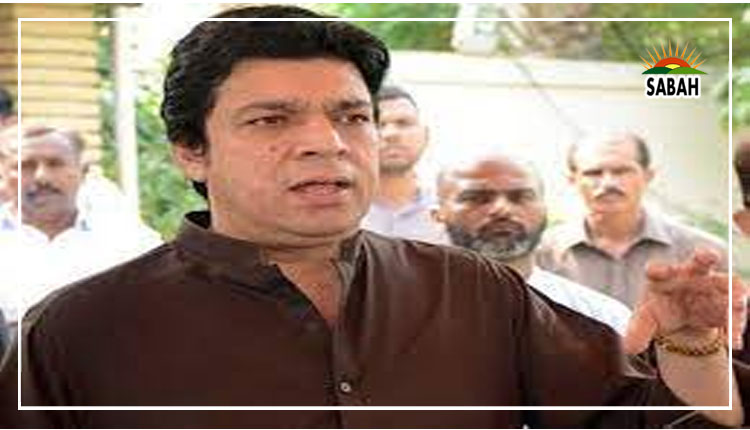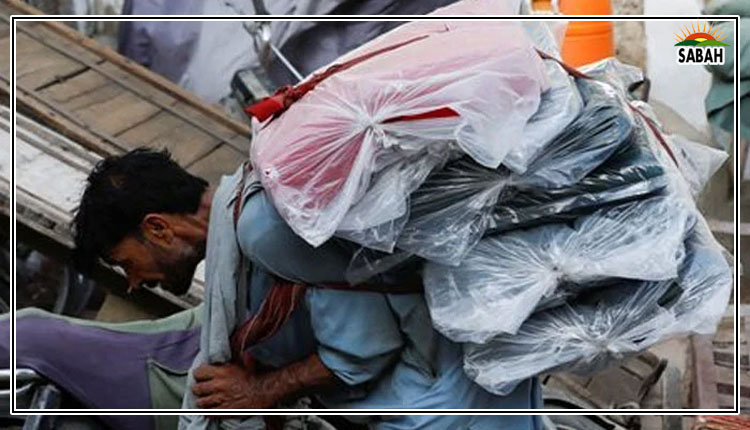Symptom vs cause…Abdullah Ahmed & Furqan Ali
In the wake of cementing the new Extended Fund Facility (EFF) for a $7-billion, 37-month loan, along with the outlandish structural reforms being parlayed between Pakistan and the IMF, President Zardari addressed an audience in Lahore. During his speech, he said that taxing agricultural income is a stringent IMF conditionality and projected that he or the government were unable to do anything about it.
Well, the problem is plain as day: this is a classic case of showcasing a symptom as a cause. In psychoanalysis, a symptom is a signifier signifying the topology of the repressed unconscious. Here, the repressed unconscious is the evergreen frayed mechanics of the states machinery.
It is imperative to acknowledge that the IMF programme, or any other failsafe, is a result-driven arrangement focused on immediacy, such as achieving a twin surplus in exchange for austerity measures and price hikes. These actions may lead to socio-political crises if not implemented with subtlety. Simply put, the external aid is symptom-centric and the need to contextualize, for discerning and curing cause cannot be overstated.
Prima facie, the distinction in Pakistan is deliberately misconstrued time and again to save nothing but political capital from impairment. Take, for instance, the already mentioned quagmire of income tax on agricultural income. The agriculture sector contributes around 20 per cent of the total GDP and employs one-third of the workforce. Further, it is estimated that efficient tax collection could balloon the current figure of Rs3 billion to Rs1 trillion. Yet it accounts for less than 1.0 per cent of the provincial revenue collection.
Privatization of state-owned entities (SOEs) presents another case in point. The latest aggregate report of federal SOEs for FY2023 propounds an aggregate loss of Rs828 billion (excluding grants and subsidies). Additionally, more than a trillion rupees in support from the government of Pakistan was expended on these entities. Hundreds of thousands of pensioners are lingering while the entities to which they belong have been running at losses for decades with no productive investment or prospects.
Metrics like tax-to-GDP ratio and GDP growth are treated as mere numerical targets dictated by the despicable other. It is seen as some superficial checklist demanded by the IMF which if followed religiously would result in a spell of breath (in this instance $7 billion) for the asthmatic state.
The question should be why the proposed austere reparation is needed in the first place and why it is conceived as a hard pill imposed by some alien hegemony like a thug who takes away a thumb if not paid timely rather than the egregious result of the perennial exploitative treatment meted out by the elites.
The answer lies in the fact that the ruling elite deliberately miscomprehends the symptom as the cause, and this very misconception is symptomatic itself: it is advertently misorchestrated in public consciousness to keep the public unaware of the true recipe of the disaster: the deep underlying blips that remain unaddressed to camouflage the ruling elites interests.
Be that as it may, the self-interests contagious to the overhauling of the economy are conspicuous:
As explicated by Sahibzada Riaz Noor in an oped in another newspaper: The representation of the landed class in the NA would thus range around 175 or 52% of the total membership of 336, by far the largest, most powerful group with shared social, cultural, economic and political interests, especially vis a vis state policies. How then a tax on agricultural income or rather more radical, much-needed land reforms be formulated and implemented?
And the same goes for SOEs. Why will the power-ridden junta be willing to sell off the HR honeypot? the enticement which adorns the electability of the candidates in the election spree.
Likewise, the metrics aforementioned are not arbitrary; they reflect the health of a nations economy. A low tax-to-GDP ratio indicates a narrow tax base and rampant tax evasion, often facilitated by a corrupt system. Similarly, low GDP growth is a symptom of underlying economic weaknesses, such as inadequate investment, infrastructure gaps, and policy distortions.
When hegemony relies on crony political squandering by giving away jobs and contracts, and by selectively enforcing law and order to favour allies and target foes, how then will they dismantle the very power-capitalizing tool themselves?
The million-dollar question is: why the annoyance of tweaking now? The extraction, which has extended over decades, can no longer be sustained due to the inability to strangle anyone anymore. The proposed ameliorations by MLDAs and indigenous minds are not only a sine qua non for betterment but for the proliferation of the states existence itself as the state of affairs is getting stupendously flimsy and far from adornment anywhere soon.
It is time to unfurl any imposed confusion that achieving a tax-to-GDP ratio of around 15 per cent, a 3.5 per cent growth in GDP, taxing the untaxed, taming fiscal account or privatizing/selling off redundant SOEs etc, are not ambitions solely due to dictation of externally laden conditionalities, but rather, the conditionality exists because of the way things were being done. And all the more it is non-dispensable if ideals of economic growth, social cohesion, environmental sustainability, and national security have to be achieved.
If we want to exist as a nation on the globe, the ruling elite must do away with this pathological language of blaming others and should, for once, take responsibility and implement sane structural adjustments to the unconscious that is the very core of the state, encompassing the fabric of socio-economic polity.
By addressing the root causes of the disjointed unconscious (political economy) such as, inter alia, ineffective regulatory regime, the albatross of the undocumented economy, unproductive state-owned enterprises, and the reluctance to tax the untaxed, implement land reforms we can begin to heal our economy.
Courtesy The News











